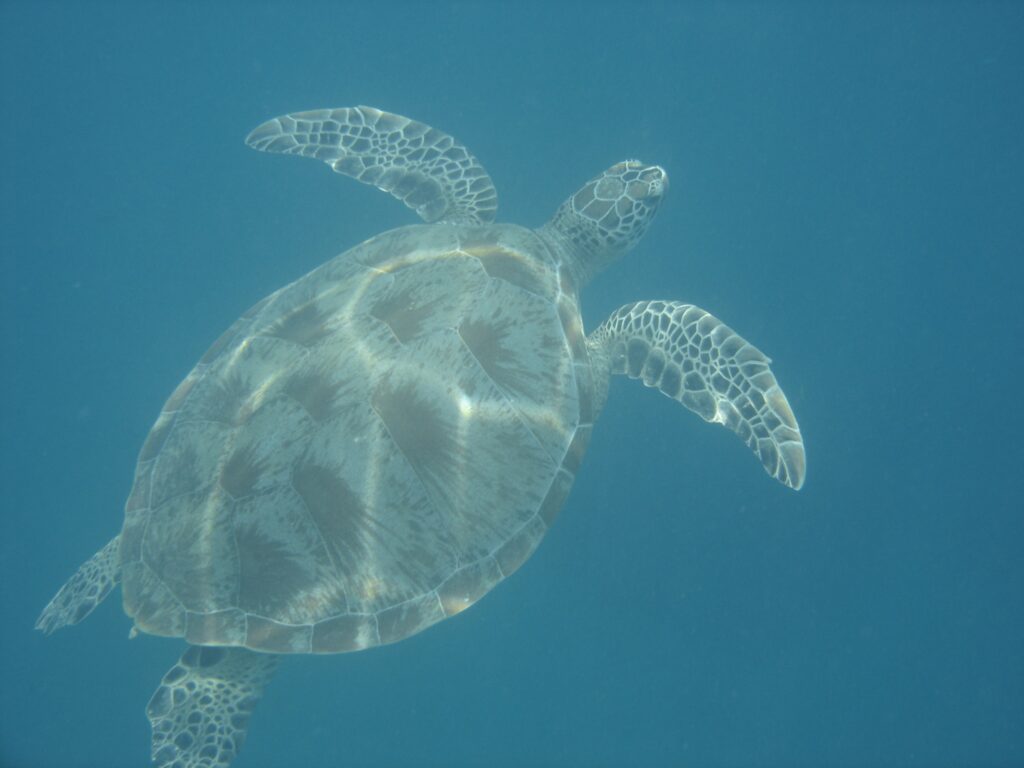Coast. The government, through the Ministry of Livestock and Fisheries, has launched the “National Action Plan for the Conservation of Marine Turtles”, slated to be implemented over five years from 2024 to 2029.
This comprehensive plan, developed in collaboration with various stakeholders in marine affairs, is expected to be executed with an estimated budget of Sh2.215 trillion, equivalent to an annual average of Sh443 billion.
According to Minister of Livestock and Fisheries, Abdallah Ulega, the initiation of this plan stems from evident research indicating the vulnerability of these creatures to extinction.
“Fisheries Act Chapter 279, Marine Conservation and Protected Areas Act No. 146, and the 2009 Fisheries Regulations stipulate that marine turtles are at risk of extinction and thus require specific management and protection,” stated Ulega.

He further emphasized, “Globally, there are seven species of turtles, five of which are found here (Tanzania). These five species are unique, with some not found anywhere else in the world. Therefore, conserving these creatures is of utmost importance.”
Speaking during the launch of the plan in Mkuranga District, Coast Region, Ulega highlighted the significance of this initiative, which is being implemented by the Sea Sense organization under the auspices of USAID- Preserve Natural Resources.
Godfey Ngupula, the Conservator of Marine Protected Areas and Reserves (MPRU), outlined the five key areas of the plan. The first section describes the types of turtles found in the country, while the second elaborates on their ecological importance and behavior.
Ngupula added, “The third section addresses international conservation laws and agreements, while the fourth section details the plan itself, including objectives, implementation strategies, roles and responsibilities, and budget allocation.”
Similar to other plans, Ngupula noted that the final section assesses the implementation progress at various intervals to facilitate improvements and identify challenges during execution.
Gosbert Katunzi, Director of Sea Sense, mentioned the successful collaboration with USAID’s Conservation of Natural Resources project in 2022, which secured funding from the U.S. government for the preparation of the National Marine Turtle Conservation Plan.
He underscored the inclusive nature of the plan’s development, involving communities, government departments, the private sector, and various stakeholders from mainland Tanzania and Zanzibar, with implementation oversight by both sides of the union.
Deputy Chief of Party for USAID Tuhifadhi Maliasili project, Exper Pius highlighted the significant economic contributions of marine resources to both local communities and the national economy, particularly through tourism and related activities such as fishing and seaweed harvesting. This strategy represents a milestone in the conservation of endangered marine turtles, which are at risk of extinction globally.

Beach Guardians
The plan identifies coastal communities as key stakeholders in conservation efforts, led by Beach Management Units (BMUs).
Hatibu Hamza, Chairman of the Koma Island BMU in Mkuranga, emphasized the need for community education regarding the importance of marine resource conservation.
He noted challenges posed by individuals from neighboring areas engaging in illegal turtle harvesting, underscoring the crucial role of awareness-raising initiatives.
Hamza expressed confidence that the plan would enlighten communities about the adverse effects of consuming turtle meat, citing instances of poisoning and fatalities reported after consumption.
Toxicity of Turtles
Environmental conservation specialist Omary Mapoy highlighted the significant threats facing turtles, including consumption of toxic substances and illegal fishing practices. Mapoy explained various methods used by fishermen to determine the toxicity of turtle meat, although these methods are not foolproof.
He emphasized the detrimental impact of illegal fishing methods, such as the use of poison and explosives, as well as the lack of awareness about these creatures, contributing to their decline despite their toxic nature.
Turtle Tourism
According to the Ministry of Livestock and Fisheries, the number of tourists visiting marine conservation areas has nearly doubled from 27,987 in 2021 to 40,088 in 2023.
Large cruise ships now anchor in Tanzanian waters, attracting tourists eager to explore various attractions, including turtle-inhabited islands like Sinda Island (Kigamboni) and Saadani National Park in Bagamoyo, known for its green sea turtles.
In March 2024, the island of Mafia welcomed the cruise ship ‘The World’ carrying 154 tourists and 288 crew members, highlighting the growing interest in turtle tourism in Tanzania’s coastal areas.



Thank you for your sharing. I am worried that I lack creative ideas. It is your article that makes me full of hope. Thank you. But, I have a question, can you help me?
Thanks for sharing. I read many of your blog posts, cool, your blog is very good. https://accounts.binance.info/register?ref=P9L9FQKY
Informative insight. I learned. Good read.